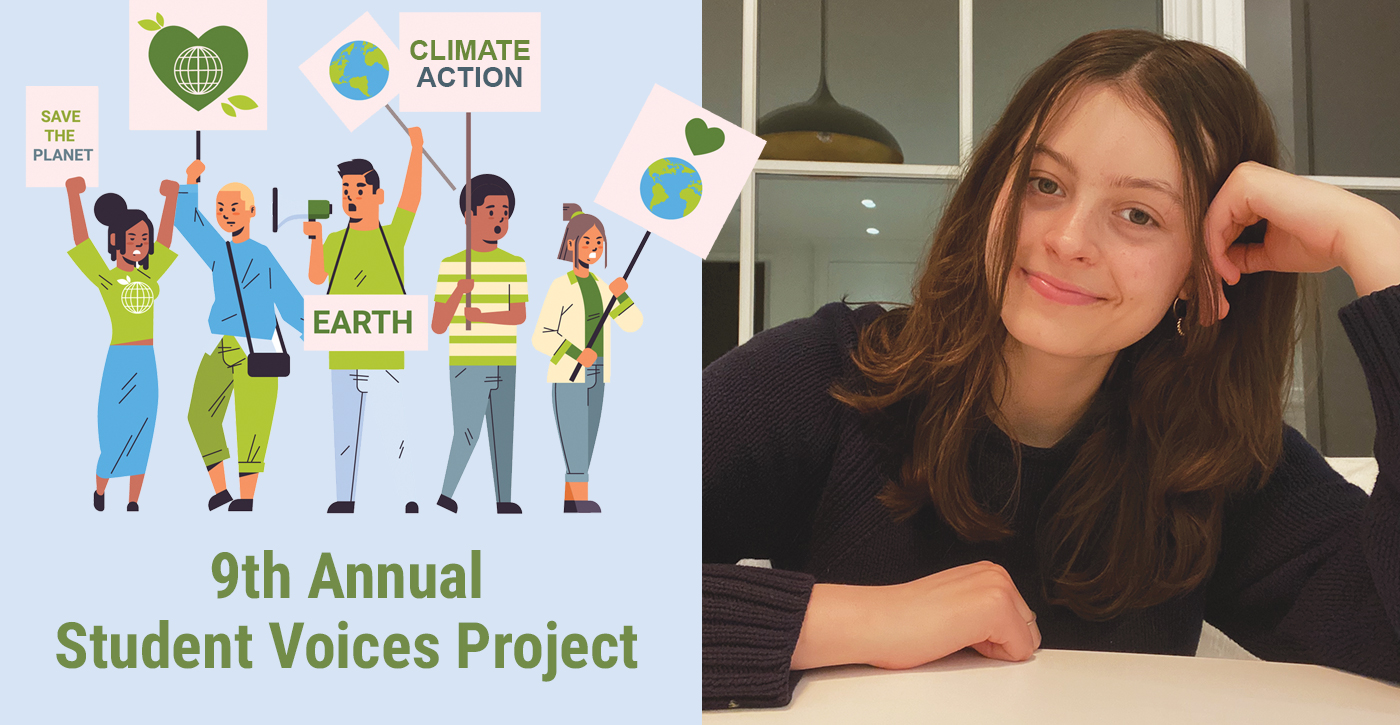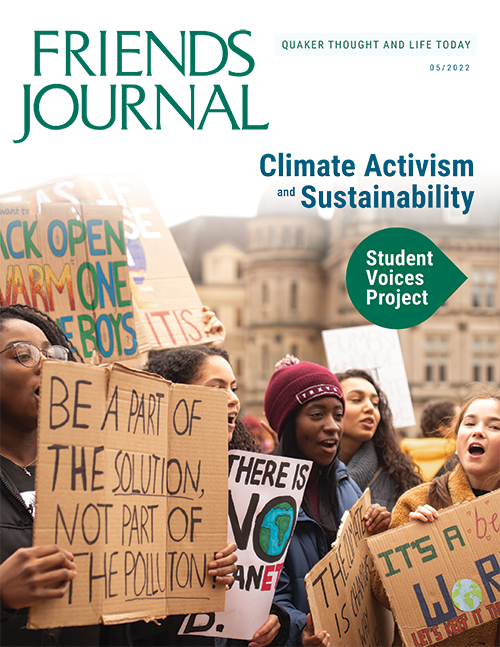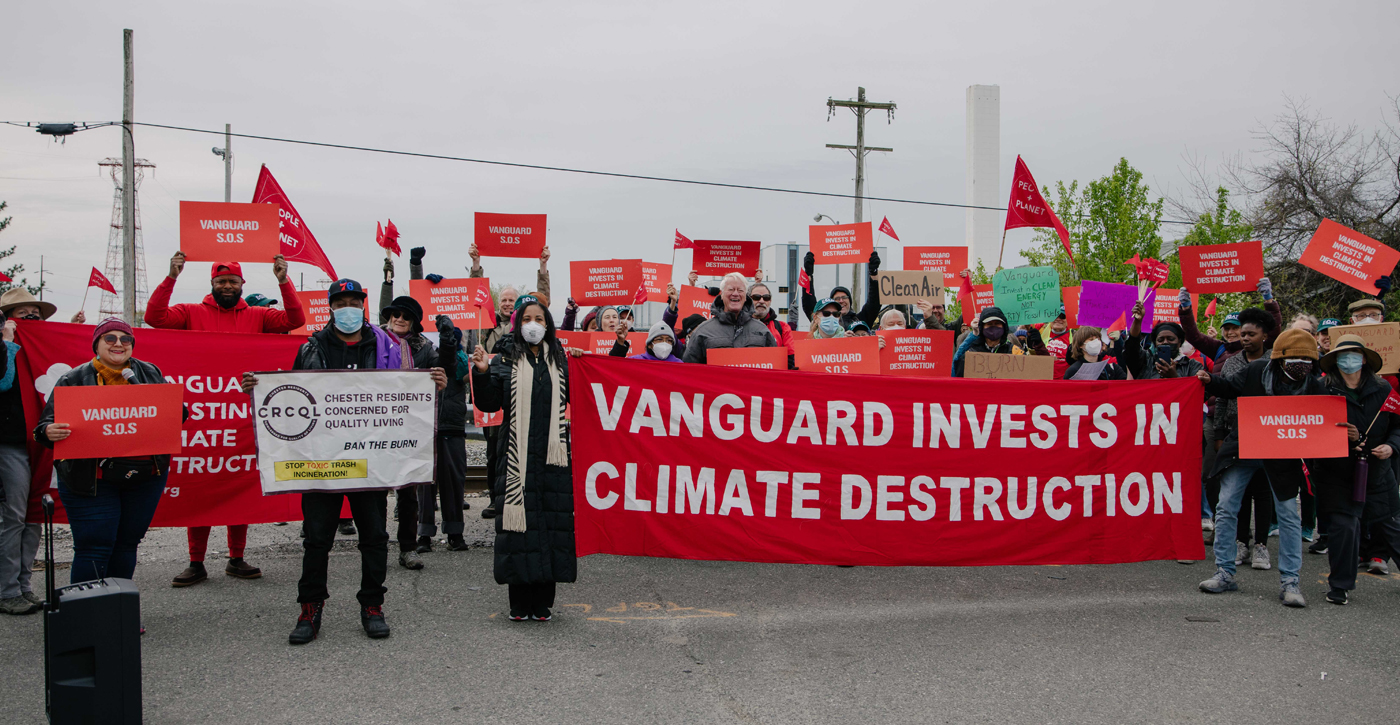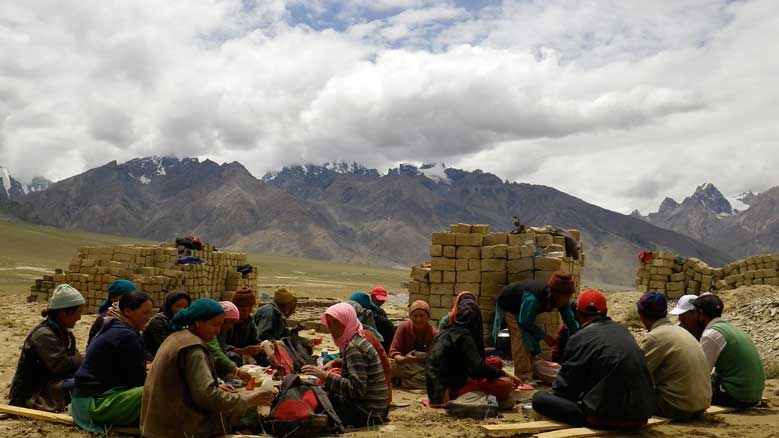In the past decade—but especially the past two years—it has become indisputably apparent that change can only be fostered through collective will. We are called to act together, to be a good neighbor, and to create communities. It is the collective who strives to fight corruption that is present when a system turns counterclockwise. We are enlightened by the truth that it is only through our contagious passion that a thought becomes an ideology and an action becomes a movement.
There is a very distinct form of childhood empathy that initially sparked my passion for climate justice. I watched and learned how natural disasters demolished the earth. I became keenly aware of the reality that our future might be compromised. I think every kid is a little scared of global warming. My activism at first shined through in various forms of STEM-related projects I would tackle. I was obsessed with designing hydrogen cars or learning about renewable energy and ozone molecules (before I eventually found out that ozone has little to do with climate change). I quickly became burnt out from this form of activism. Why was I trying to find solutions when people had degrees, awards, or platforms to do the same?! As I watched the world innovate, it became clear that a lack of solutions wasn’t the issue.
I began to question why most people are so passive about this issue. Was it because we couldn’t understand its severity? Was there an instilled feeling of inevitability that prevented us from acting? It became woefully clear that we have the resources required to solve the issue and the general knowledge to prevent it. Global populations are not passive by default but are made passive by harmful misinformation and rhetoric. Those who understand how deeply our earth and the communities that inhabit it are suffering have been fighting for change, but at the end of the day, the ones hurting our earth are fighting harder. Fossil fuel and corporate lobbyists reward politicians who forget their duty to constituents. This political bribery and propaganda became prominent in the Trump era in which I have grown up. Powerful people oppose change and work so hard to uphold oppressive systems. Thus, issues seem distant or nonexistent, and eventually, we run out of time. As I grow up, this notion terrifies me just as much as the tornadoes did when I was little.
I often think about the current state of the environmental movement and the direction I envision it moving toward. It is disheartening when we get carried away by the notion of individual actions “amounting to something more” and fall into Big Oil’s attempts to scrutinize our every action, demanding that we unplug our phones or go vegan because hey––“it’s up to you!” It is up to you, but more so, it is up to us.
There are two types of activism I resonate with most, both having to do with community. The first type is climate strikes. School strikes and protests are a phenomenal way to meet genius organizers and passionate creatives within the movement, plus they are a super-powerful example of collective power. I’m active with Fridays for Future, and helped organize a Global Strike this March in Washington, D.C. We mobilized over 500 people that day.
The second type of activism that I find crucial is mutual education and proactive media. The climate movement lacks powerful and persuasive rhetoric in the media, and it is pretty much impossible to have the passion required to join the movement if you do not have a basic understanding of its importance. So I started Ecosystemic, a biweekly environmental justice magazine (seasn-ecosystemic.org). Students submit stories, opinion pieces, artwork, narratives, interviews, poetry, and more. The climate movement is devastatingly underreported and oversimplified, and we want to combat that. But we can’t only describe issues; we must also provide opportunities for people to act. We have to be proactive and educate ourselves and our communities. Education inspires. Through Ecosystemic, I want to empower high school students by providing direct opportunities to act based on the information we provide. I want narratives not just to exist on a screen, but on a stage, in a classroom, or wheat-pasted all over a city. We can only hope that is where the publication will go. It is a new and necessary form of media and education, and we need it now more than ever. Ecosystemic is a community, and we have a great base of subscribers and over 200 cumulative contributors who add to our collective efforts every day.
There is a great deal of stress in protecting something as obscure as the future or responding to something as powerful as a natural disaster, but we lift that burden when we work as a community: a persistent, powerful, and passionate community.






Comments on Friendsjournal.org may be used in the Forum of the print magazine and may be edited for length and clarity.